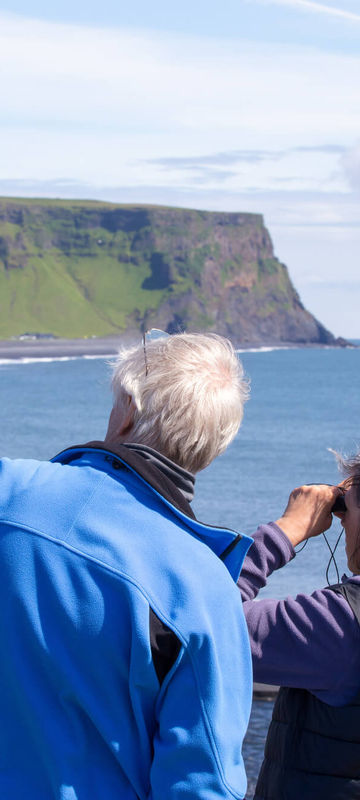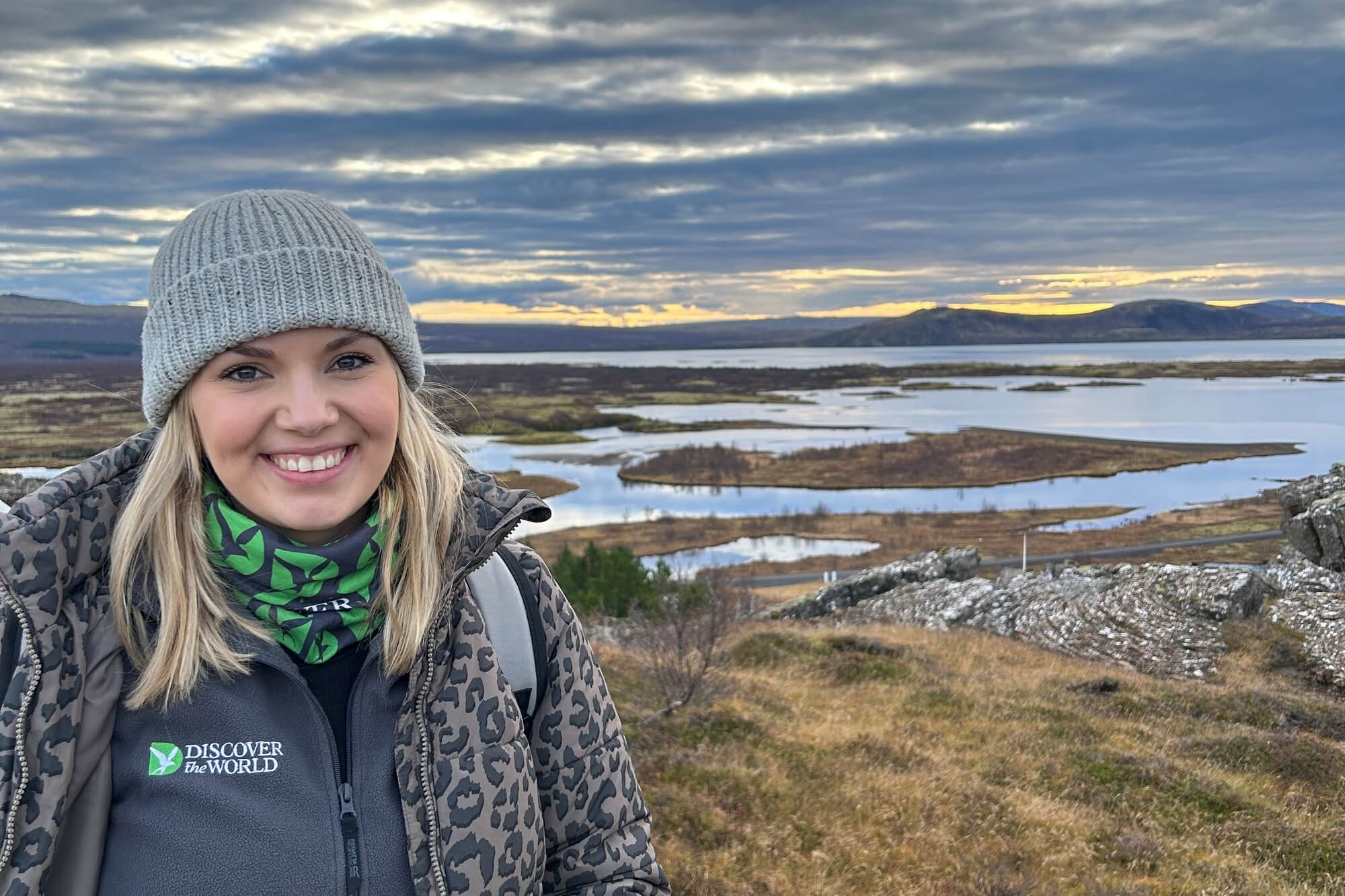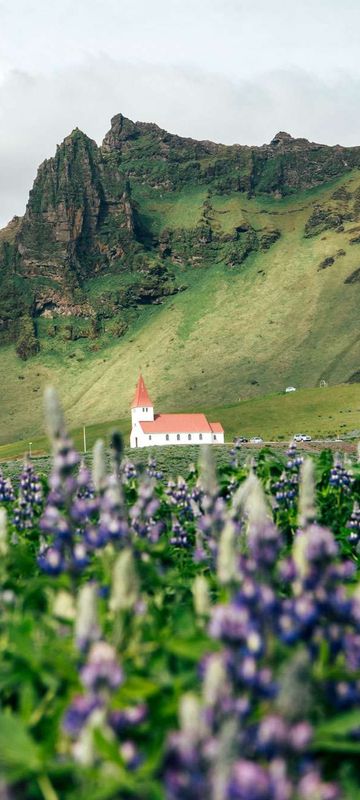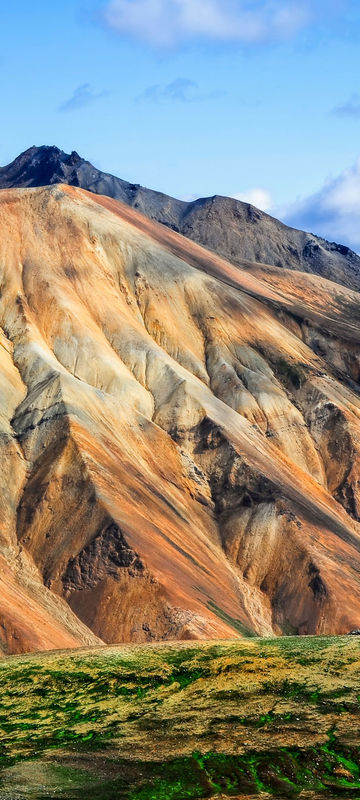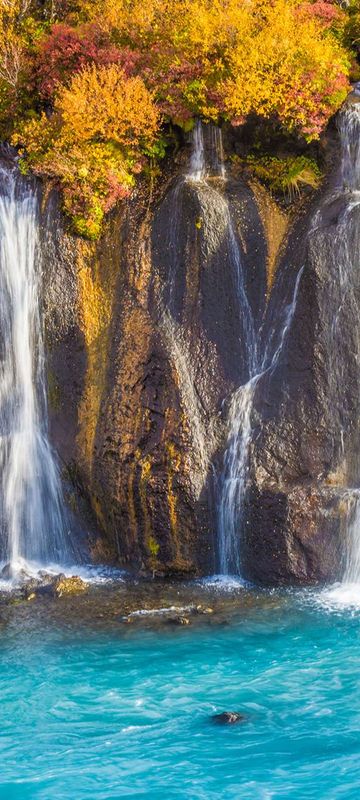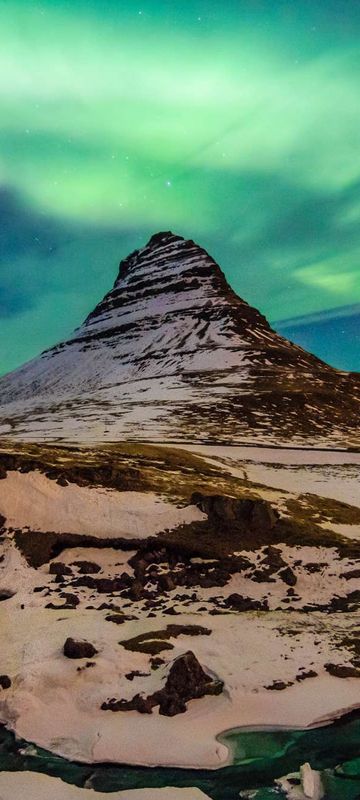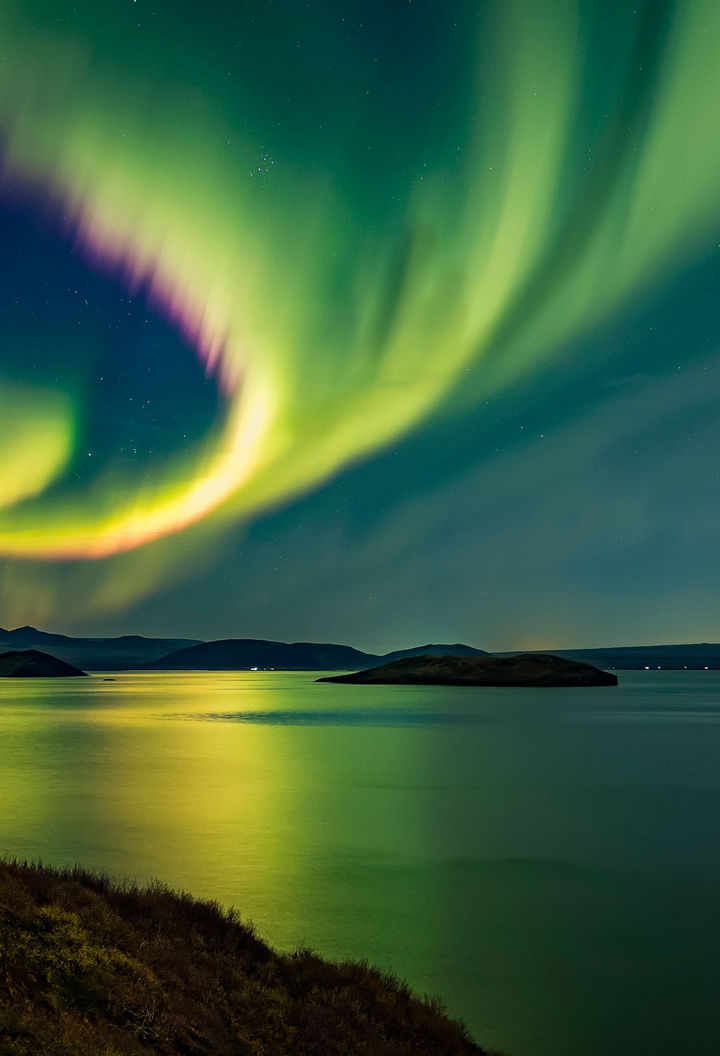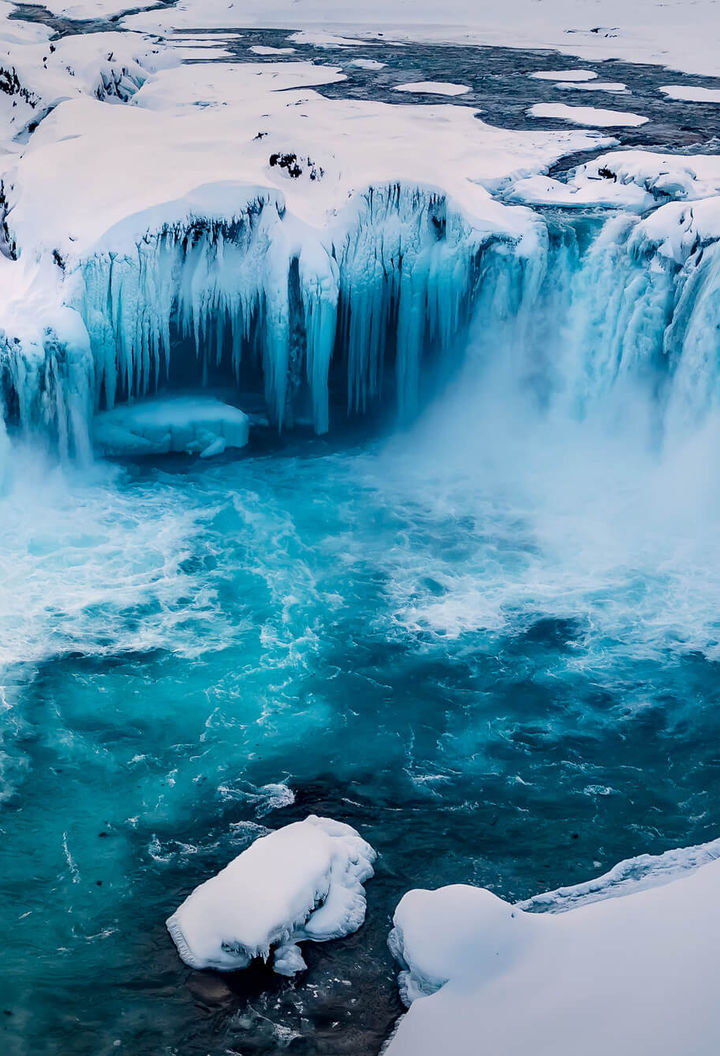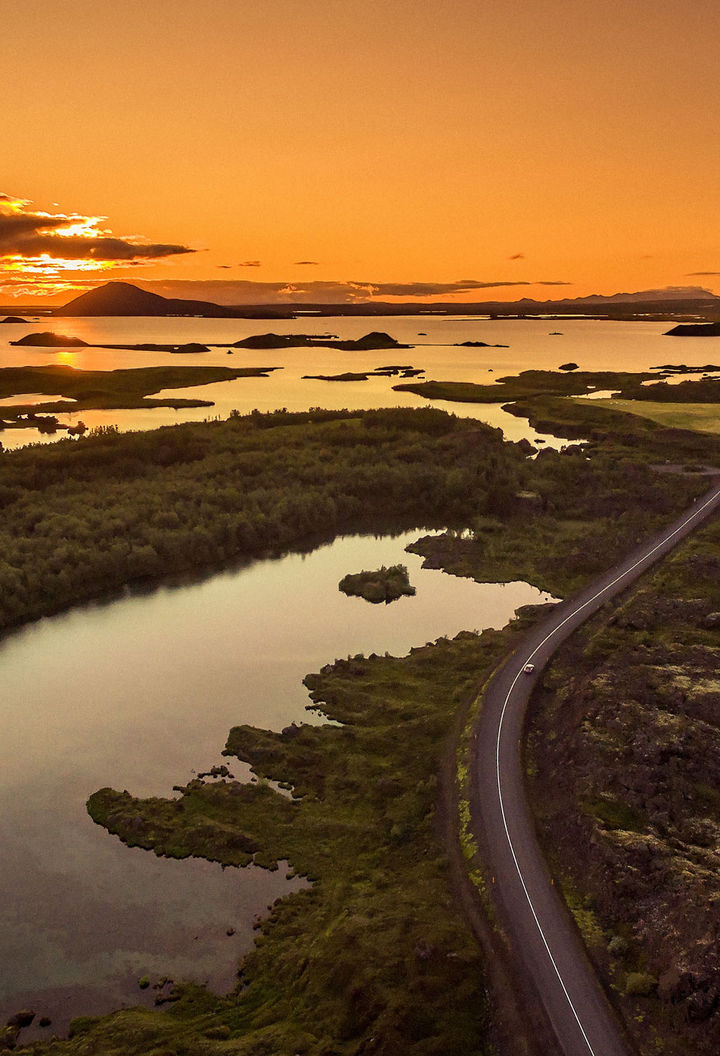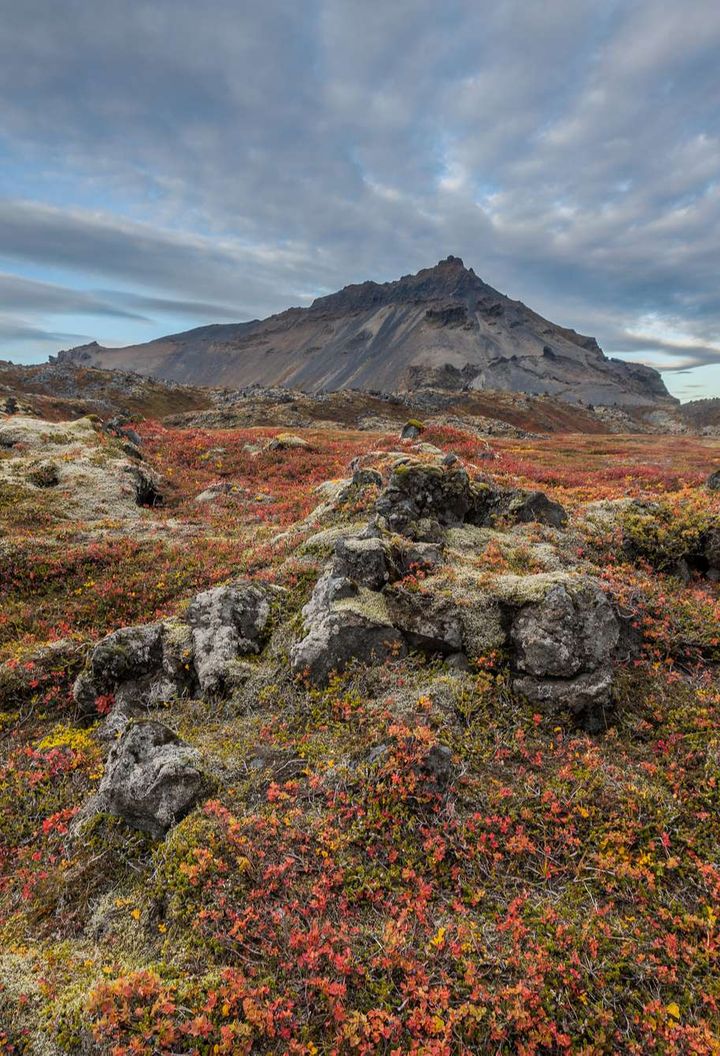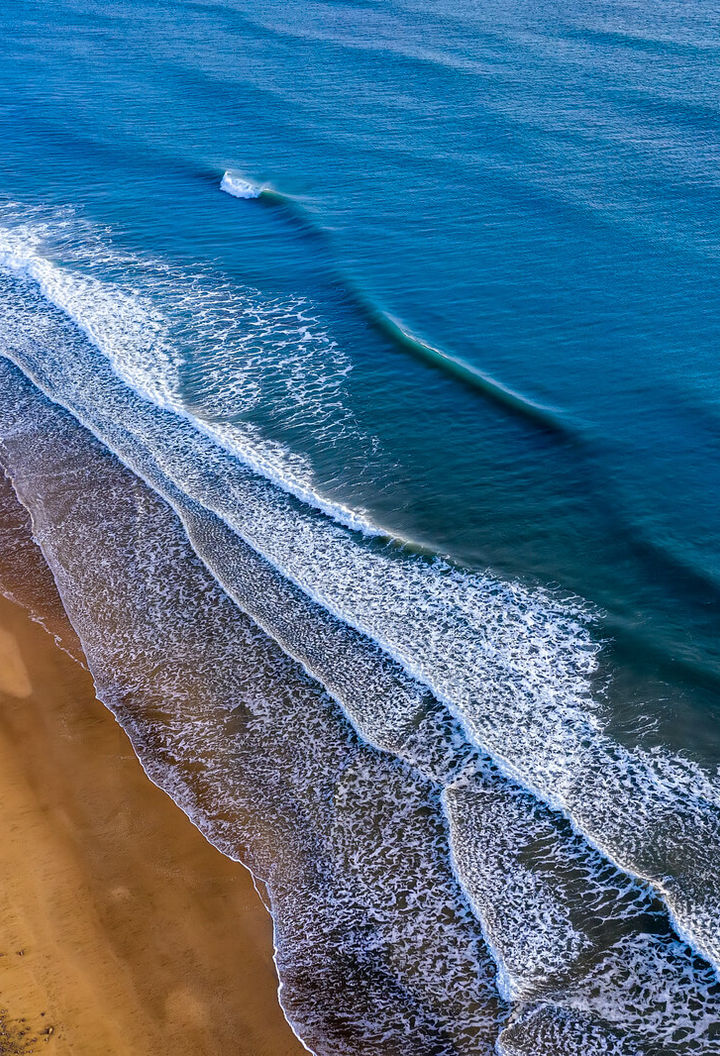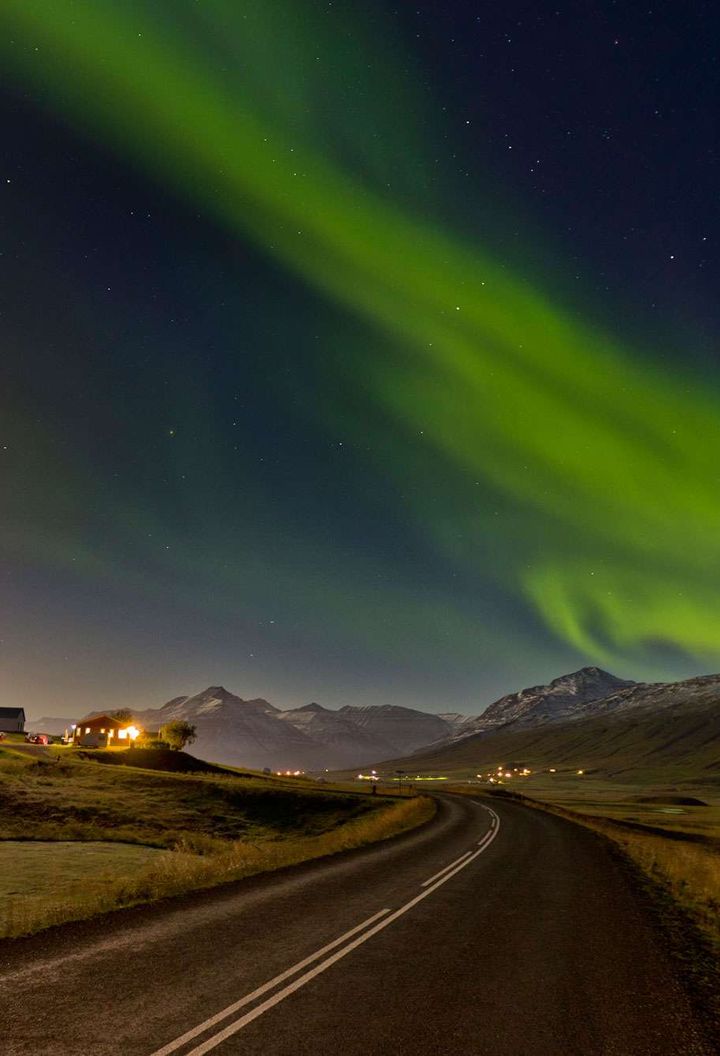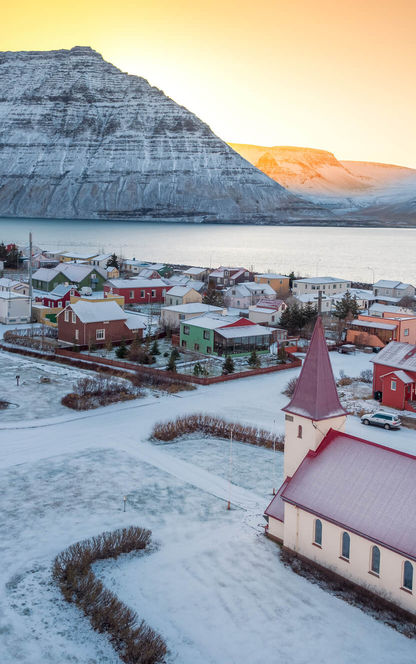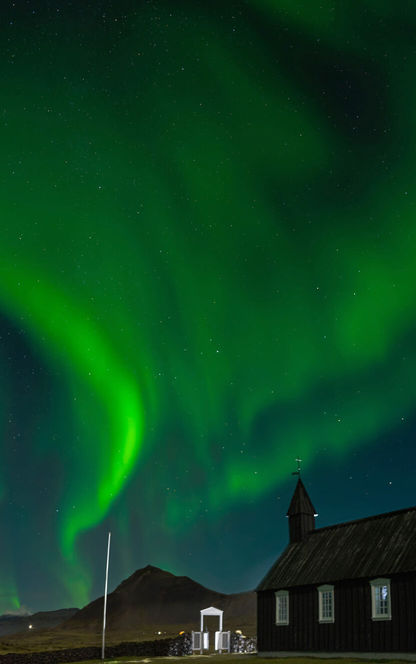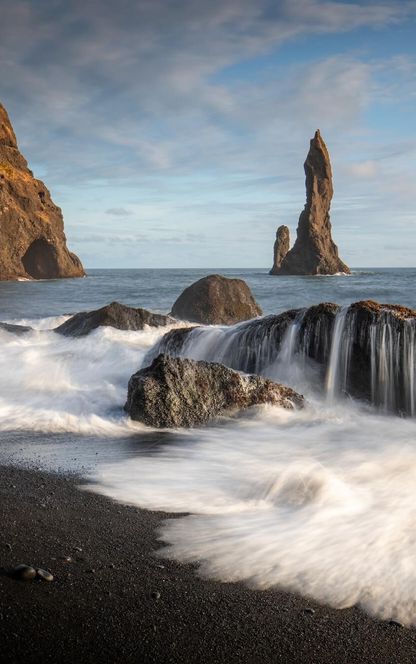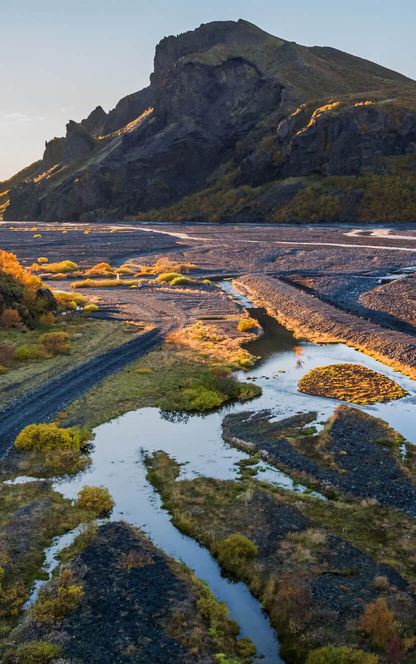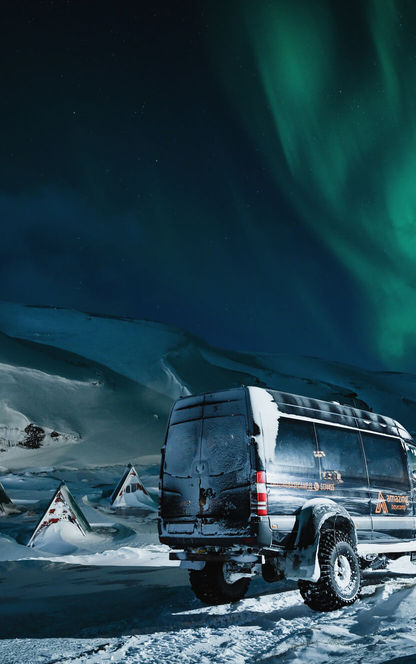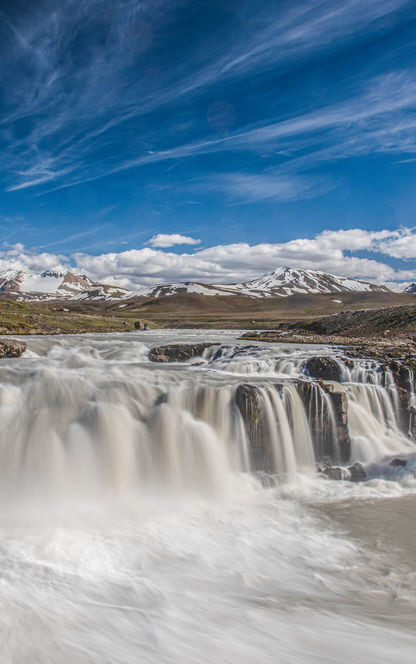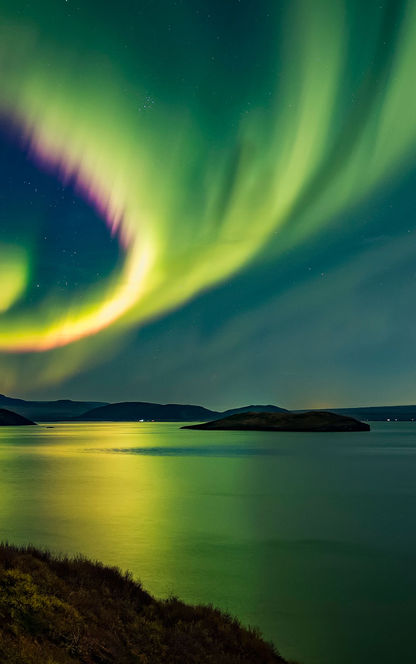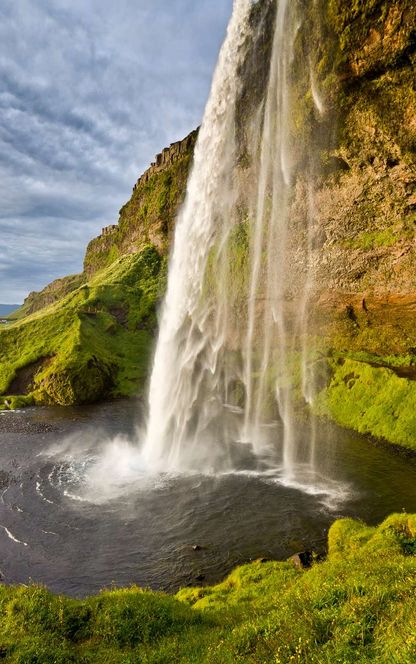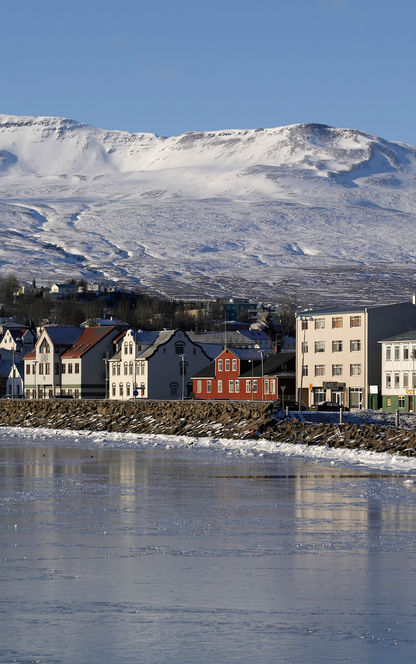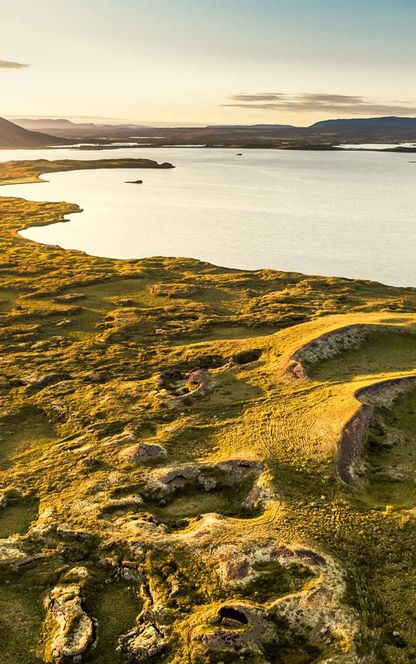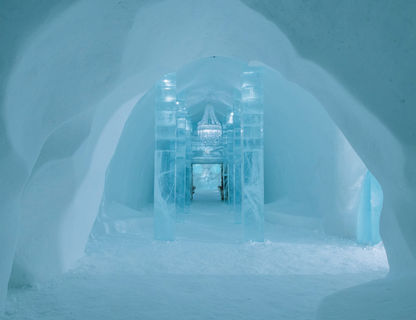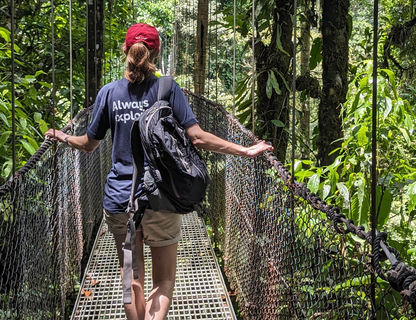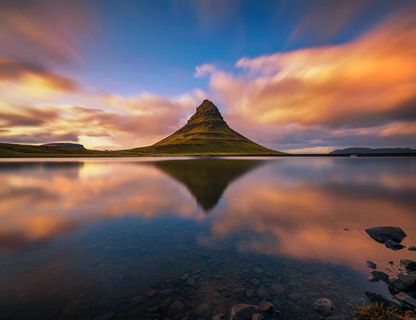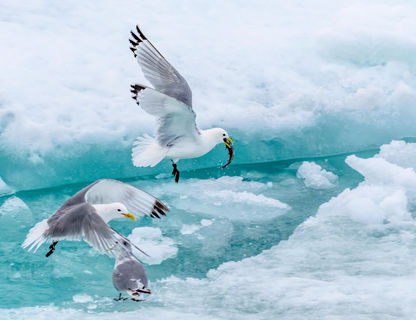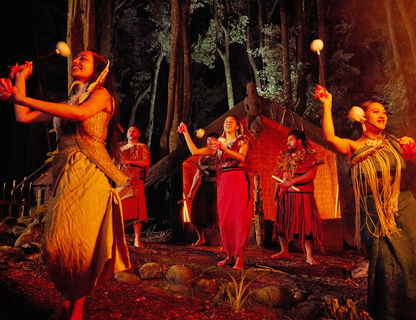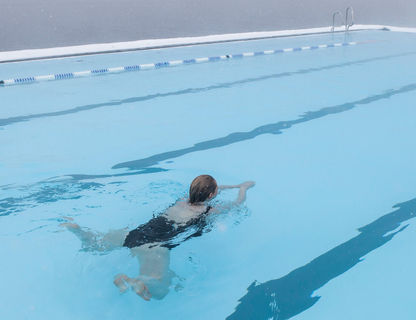Iceland in Winter
November to March are the darkest months, with just 4-5 hours of daylight on the shortest day (21st December) – ideal for northern lights viewing. Far from being dark, cold and uninviting, winter in Iceland is a magical season. Long nights help maximise your chances of seeing the northern lights – especially if you stay at a lodge or hotel in the countryside away from city light pollution. Equally mesmerising, Iceland’s waterfalls become frosted with ice during winter, while snowfall forms a vivid contrast with its volcanic landscapes.
Although the interior is closed during winter to all but a few hardy Superjeep expeditions, the main road network in Iceland is kept largely open. Self-drive holidays and escorted tours provide a wonderful opportunity to explore Iceland in winter when there are few other visitors and the rugged landscape is raked by beautiful, low-angled sunlight.
Winter activities in Iceland include glacier walking, snowmobiling, cross-country skiing and dog sledding. Keen hikers may have to wait until summer to gain access to trails in the mountains and interior, but there are few things more invigorating than a winter walk along one of Iceland’s black-sand beaches.
























